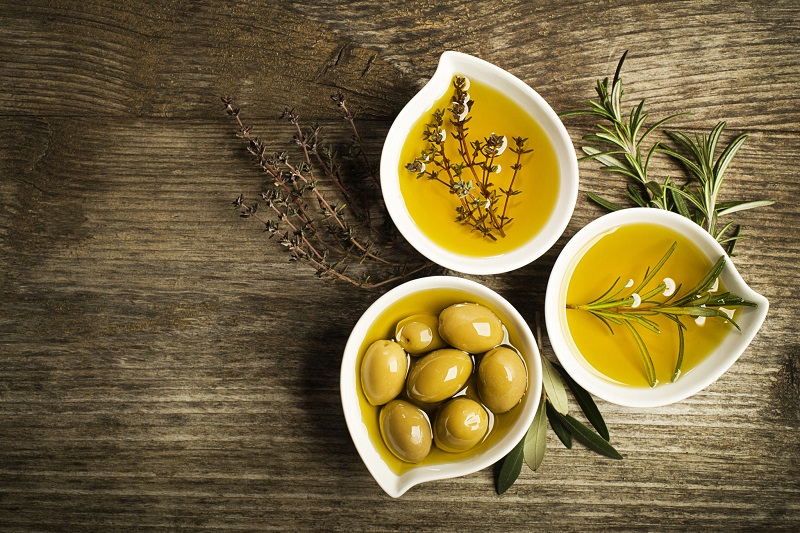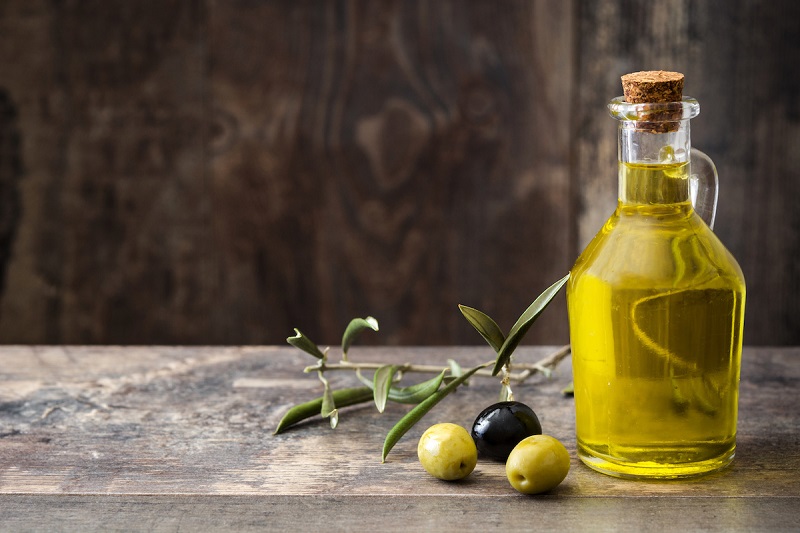
All types of olive oil are star foods of the Mediterranean diet. They constitute a source of fatty acids of the omega-3 series that have been classified as healthy. For this reason, its regular intake is recommended, although raw, to maximize its benefits
Remember that the incorporation of fats is essential. Although in previous times the consumption of this nutrient was restricted, currently the recommendations have varied. The presence in the daily diet of lipids of an unsaturated nature is recommended, among which omega 3 stand out above the rest.
Types of olive oil
We are going to review the different varieties of olive oil and their characteristics. Each one contains a different manufacturing process, as well as characteristics that vary somewhat.
Extra virgin olive oil
It is the highest quality type of olive oil. It hardly presents any refinement and is obtained from the first pressing of the olive.
It contains an acidity not higher than 0.8 degrees. Its lipid profile is excellent and consumption has been related to a reduction in cardiovascular risk. This is confirmed by research published in The Cochrane Database of Systematic Reviews.
In any case, it is always recommended to consume it raw. The fact of subjecting this type of olive oil to high temperatures can increase the formation of trans-type fatty acids. These are related to an increase in inflammation, which is why they are considered harmful to human health.
Virgin olive oil
In this case, acidity levels are obtained that are higher than those of extra virgin olive oil. The product can be produced from a second pressing of the olive or from the combination of extra virgin oil with others of a lower quality.
With this, we do not mean that it is a poor quality food, but that it does not meet the standards required for the extra virgin categorization. However, it is still recommended for regular consumption.
For example, in the context of sports, the intake of omega-3 fatty acids has been linked to better muscle function. There is even evidence that this class of nutrients can help prevent or slow down the catabolism of lean mass.
Lampante olive oil
This denomination is given to a type of olive oil that has some defects. The most common is that it is obtained from degraded olives, although problems can also be experienced in the production of the product itself.
It is even common that this does not come from the first pressing of the fruit. From a technical point of view, it is characterized by having 2 degrees of acidity. It is not sold in retail stores, although it is used by industry. In theory, it cannot be ingested for consumption. However, it undergoes a refining process and is used in the production of ultra-processed products.
Refined olive oil
It is one of the most common consumer oil. It is obtained from the refining of defective oils, so it is a by-product of lampante.
It has a lower acidity than the first and has soft organoleptic characteristics. It is a fat that holds up well to frying, due to the chemical bonds that make it up, which are quite stable against oxidation.
In any case, when it is subjected to very high temperatures, the fatty acids that make it up change their spatial arrangement to trans type. This has been shown to generate health problems in the medium term, so the main recommendation continues to be to consume the oil raw.
Orujo oil
The remains of the olive that remain after pressing and extracting the virgin olive oil can be used to generate a poorer quality fat. The pulp, bones, water, and a residual amount of olive oil are used to obtain pomace oil.
Despite the fact that the nutritional quality is not altered, this product has unpleasant organoleptic properties that make it unfit for consumption. Again, it continues to present industrial uses. It is mixed with other higher-quality oils to allow its consumption.
Benefits of including them in the diet
As we mentioned, the different types of olive oil must be consumed raw. Its regular intake reduces levels of systemic inflammation, as well as cardiovascular risk. It is also positive for hormonal physiology and for the health of muscle mass since it can reduce catabolism in the context of a hypocaloric diet.
However, it is a food with a high-calorie content . For this reason, it is necessary to moderate the intake, otherwise, the energy balance could be unbalanced, generating weight gain.
Olive oil: a basic product
The types of olive oil are kings of the Mediterranean diet. The extra virgin has a beneficial nutritional value, capable of exerting positive effects on the body. For this reason, it must be included in the diet on a regular basis, although always raw, as far as possible.
It should be noted that there are different varieties of oil, so it is best to always resort to extra virgin. This has the best organoleptic characteristics and the highest quality, making it the most suitable for consumption. Look at the labels; the variety that you are about to acquire is always reflected there.
Finally, remember that olive oil is a far superior product to seed oils. The latter have high levels of refinement and a less desirable lipid profile.
